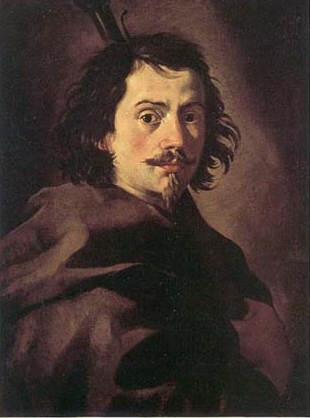
Francesco Borromini, byname of Francesco Castelli, was an Italian architect born in the modern Swiss canton of Ticino who, with his contemporaries Gian Lorenzo Bernini and Pietro da Cortona, was a leading figure in the emergence of Roman Baroque architecture.

Baroque architecture is a highly decorative and theatrical style which appeared in Italy and France in the early 17th century and gradually spread across Europe. It was originally introduced by the Catholic Church, particularly by the Jesuits, as a means to combat the Reformation and the Protestant church with a new architecture that inspired surprise and awe. It reached its peak in the High Baroque (1625–1675), when it was used in churches and palaces in Italy, Spain, Portugal, France, Bavaria and Austria. In the Late Baroque period (1675–1750), it reached as far as Russia, the Ottoman Empire and the Spanish and Portuguese colonies in Latin America. In about 1730, an even more elaborately decorative variant called Rococo appeared and flourished in Central Europe.

Fontana del Tritone is a seventeenth-century fountain in Rome, by the Baroque sculptor Gian Lorenzo Bernini. Commissioned by his patron, Pope Urban VIII, the fountain is located in the Piazza Barberini, near the entrance to the Palazzo Barberini that Bernini helped to design and construct for the Barberini, Urban's family. This fountain should be distinguished from the nearby Fontana dei Tritoni by Carlo Francesco Bizzaccheri in Piazza Bocca della Verità which features two Tritons.
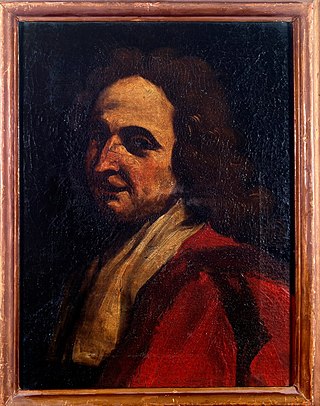
Stefano Landi was an Italian composer and teacher of the early Baroque Roman School. He was an influential early composer of opera, and wrote the earliest opera on a historical subject: Il Sant'Alessio (1632).
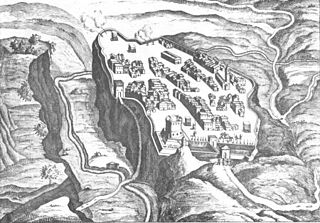
The Wars of Castro were a series of conflicts during the mid-17th century revolving around the ancient city of Castro, which eventually resulted in the city's destruction on 2 September 1649. The conflict was a result of a power struggle between the papacy – represented by members of two deeply entrenched Roman families and their popes, the Barberini and Pope Urban VIII and the Pamphili and Pope Innocent X – and the Farnese dukes of Parma, who controlled Castro and its surrounding territories as the Duchy of Castro.
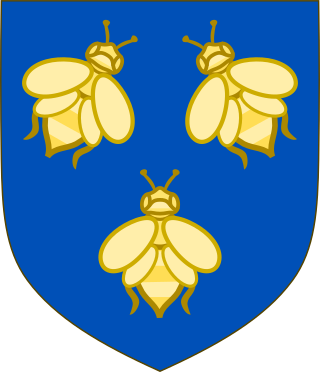
The House of Barberini are a family of the Italian nobility that rose to prominence in 17th century Rome. Their influence peaked with the election of Cardinal Maffeo Barberini to the papal throne in 1623, as Pope Urban VIII. Their urban palace, the Palazzo Barberini, completed in 1633 by Bernini, today houses Italy's Galleria Nazionale d'Arte Antica.

The Palazzo Barberini is a 17th-century palace in Rome, facing the Piazza Barberini in Rione Trevi. Today, it houses the Galleria Nazionale d'Arte Antica, the main national collection of older paintings in Rome.

The church of San Carlo alle Quattro Fontane, also called San Carlino, is a Roman Catholic church in Rome, Italy. The church was designed by the architect Francesco Borromini and it was his first independent commission. It is an iconic masterpiece of Baroque architecture, built as part of a complex of monastic buildings on the Quirinal Hill for the Spanish Trinitarians, an order dedicated to the freeing of Christian slaves. He received the commission in 1634, under the patronage of Cardinal Francesco Barberini, whose palace was across the road. However, this financial backing did not last and subsequently the building project suffered various financial difficulties. It is one of at least three churches in Rome dedicated to San Carlo, including San Carlo ai Catinari and San Carlo al Corso.
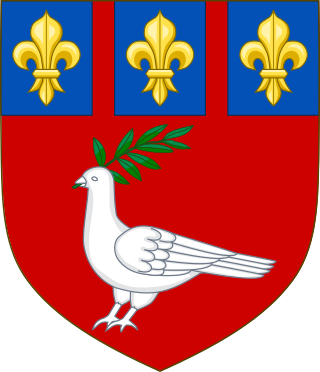
The House of Pamphili was one of the papal families deeply entrenched in Catholic Church, Roman and Italian politics of the 16th and 17th centuries.

Francesco Barberini was an Italian Catholic Cardinal. The nephew of Pope Urban VIII, he benefited immensely from the nepotism practiced by his uncle. He was given various roles within the Vatican administration but his personal cultural interests, particularly in literature and the arts, meant that he became a highly significant patron. His secretary was the antiquarian Cassiano dal Pozzo who was also a discerning patron of the arts. Francesco was the elder brother of Cardinal Antonio Barberini and Taddeo Barberini who became Prince of Palestrina.

Il Sant'Alessio is an opera in three acts composed by Stefano Landi in 1631 with a libretto by Giulio Rospigliosi. Its first performance was probably in February 1632.

Antonio Barberini was an Italian Catholic cardinal, Archbishop of Reims, military leader, patron of the arts and a prominent member of the House of Barberini. As one of the cardinal-nephews of Pope Urban VIII and a supporter of France, he played a significant role at a number of the papal conclaves of the 17th century. With his brothers Cardinal Francesco Barberini and Taddeo Barberini he helped to shape politics, religion, art and music of 17th century Italy. He is sometimes referred to as Antonio the Younger or Antonio Barberini iuniore to distinguish him from his uncle Antonio Marcello Barberini.
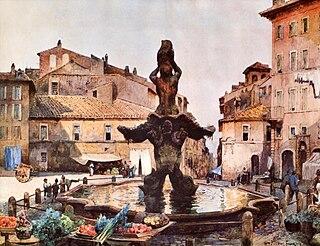
Piazza Barberini is a large piazza in the centro storico or city center of Rome, Italy and situated on the Quirinal Hill. It was created in the 16th century but many of the surrounding buildings have subsequently been rebuilt.
Michelangelo Rossi (Michel Angelo del Violino) (ca. 1601/1602 – 1656) was an important Italian composer, violinist and organist of the Baroque era.

Marco Marazzoli was an Italian priest and Baroque music composer.

Taddeo Barberini (1603–1647) was an Italian nobleman of the House of Barberini who became Prince of Palestrina and Gonfalonier of the Church; commander of the Papal Army. He was a nephew of Pope Urban VIII and brother of Cardinals Francesco Barberini and Antonio Barberini. Thanks to their uncle's famous nepotism, the brothers shaped 17th-century Italian politics, religion, art, music and architecture.
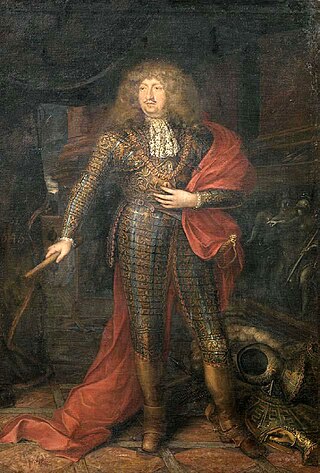
Maffeo Barberini was an Italian nobleman of the Barberini and Prince of Palestrina. He was appointed Gonfalonier of the Church.

Marco Antonio Pasqualini was an Italian castrato opera singer who performed during the Baroque period. He has been described as "the leading male soprano of his day". He was also a composer, having written more than 250 arias and cantatas.

![Leo XII Visiting the Studio of Thorvaldsen by H. D. C. Martens [d], 1830 Pave Leo 12. aflaegger besog i Thorvaldsens vaerksteder ved Piazza Barberini, 18. oktober 1826.jpg](http://upload.wikimedia.org/wikipedia/commons/thumb/f/f2/Pave_Leo_12._afl%C3%A6gger_bes%C3%B8g_i_Thorvaldsens_v%C3%A6rksteder_ved_Piazza_Barberini%2C_18._oktober_1826.jpg/220px-Pave_Leo_12._afl%C3%A6gger_bes%C3%B8g_i_Thorvaldsens_v%C3%A6rksteder_ved_Piazza_Barberini%2C_18._oktober_1826.jpg)
















